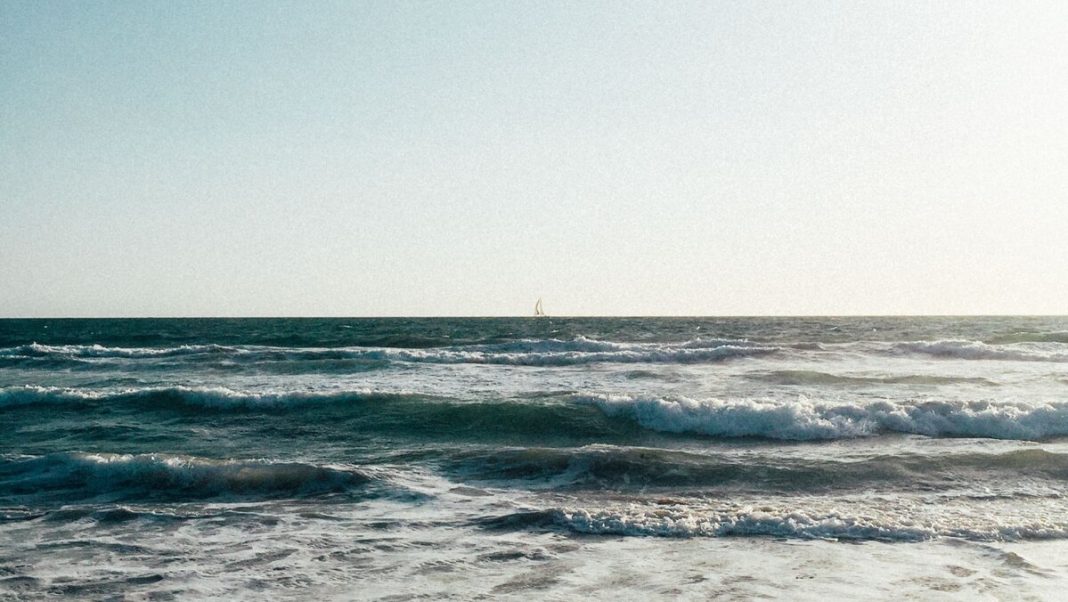I went to Ometepe in search of a view, but found something closer to a memory.
The island floats inside Lake Nicaragua, its twin volcanoes rising like ancient lungs out of the water. The air was still, but the lake moved, breathing slowly. It’s not the sea in name, but it carries that same unfathomable pulse. I stood at the edge where the sand blackens underfoot, watching the tide lick the shore with old, deliberate gestures.
The water was dark, mineral-rich, quiet, and yet it spoke. Not in words, but in weight. In reminder. Saltwater – here and elsewhere – is always a force of return, not just to places, but to feeling. It doesn’t heal exactly, but it erodes, shapes, and strips things back to essence. On Ometepe, I felt that more clearly than anywhere else.
The sea, in all its forms, is incandescent and immovable. It refuses us. Refuses to be mapped, mastered, or owned, even in myth. Caligula once tried, lashing the ocean with whips, demanding tribute. His soldiers collected seashells in defeat. The absurdity of it still stings, because we haven’t stopped. We drill, dump, and dredge. We chart it, name it, and exploit its beauty. But the sea remains as it was. Brilliant. Dangerous. Unmoved.
Something stirred in me that day on Ometepe. Not quite peace, not quite fear. A deep awareness of time. Of the self as a soft thing up against something vast. I thought of my beginnings, of white-linen childhoods on other shores, and how even those bright memories now feel marbled with oil, with grief, with a kind of unnamed loss.
I think of Scotland, too, where the sea is grey and often brutal, but still worshipped. Where black-rotted rocks rise like bruises, and yet beauty is formed there – the coast as a kind of scripture.
Central America, like Scotland, is shaped by water. Bordered by it, threatened by it, defined by it. Panama, Nicaragua, Costa Rica – each written in tide, in flood and flow. Identity here doesn’t stand apart from water. It comes from it.
And always, behind this geography, there’s mythology. We eulogise the sea. We make it a metaphor. But perhaps it doesn’t need our myth-making. It generates its own. It carried the first missionaries to these shores – Ninian, Columba – and with them, a new language of God. Easter tide, Pentecostal wind. Christianity itself was carried in the rhythm of waves. But the sea is older than any religion.
Keats called it the sublime: a beauty so vast it terrifies. Iris Murdoch wrote of love as the painful realisation that something other than ourselves is real. The sea offers that realness in full. It’s a confrontation, not with death, but with limit. A recognition that some things cannot be solved, only witnessed.
We project onto it – our sorrow, our longing, our rage – and still, it resists us. It does not mirror us. It swallows us. Everything returns to water. Memory. Nation. Faith. Ruin. Even language breaks apart against the shoreline.
And the sea, incandescent and immovable, keeps on.
Sometimes, all we can do is stand on the sand – student, traveller, wanderer – and listen.


